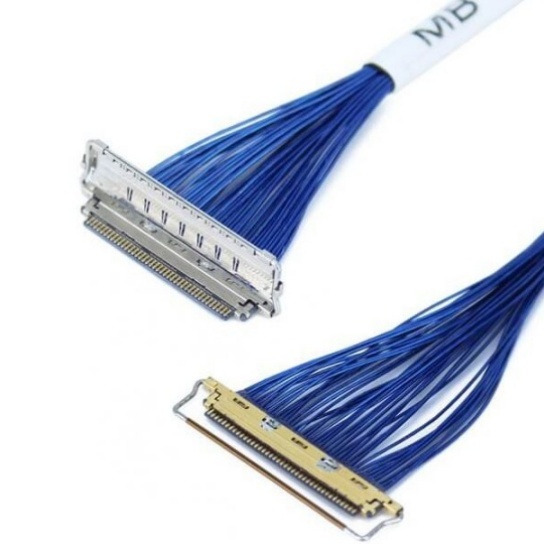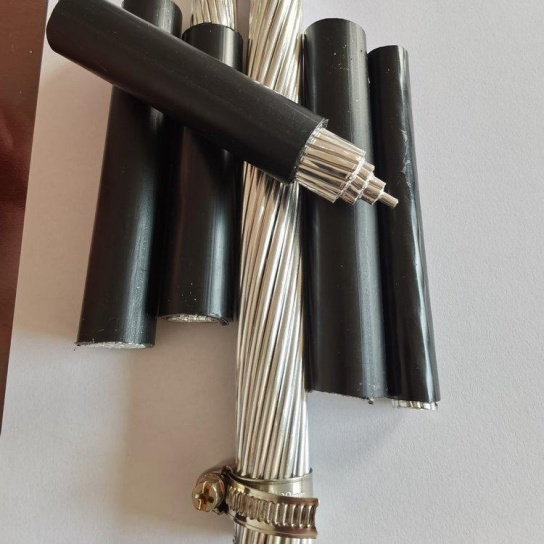How to Prevent Aviation Cable Installation Errors
In the aviation industry, precision and reliability are non-negotiable. A single error in aircraft cable installation can lead to system failures, safety hazards, or costly operational delays. Aviation cables, which transmit power, signals, and data across critical systems like navigation, communication, and flight controls, require meticulous handling. To minimize risks, technicians and engineers must adopt rigorous practices to avoid installation errors. Here are key strategies to ensure accuracy and safety.
- Understand and Follow Design Specifications
Aviation cable installations are governed by detailed schematics, wiring diagrams, and industry standards (e.g., SAE AS50881, IPC/WHMA-A-620). Errors often arise from misinterpreting these documents. Before starting work:
Cross-check cable types, lengths, and routing paths against approved designs.
Verify connector types, pin assignments, and shielding requirements.
Confirm compliance with fire resistance, weight, and flexibility standards.
Using outdated or unapproved diagrams is a common pitfall. Always ensure access to the latest revision of technical documentation.
- Implement a Systematic Labeling Process
Misidentification of cables or connectors is a frequent cause of errors. A robust labeling system mitigates this risk:
Label both ends of each cable with unique identifiers matching the schematics.
Use color coding or tags for easy visual verification.
Ensure labels are durable and resistant to environmental factors like heat or moisture.
Automated labeling tools or barcode systems can further reduce human error during complex installations.
- Conduct Pre-Installation Inspections
Thoroughly inspect cables and components before installation:
Check for physical damage (e.g., fraying, kinks, or corrosion).
Verify insulation integrity using megohmmeters or hi-pot testers.
Confirm connector compatibility and secure locking mechanisms.
Rejecting defective materials upfront prevents post-installation failures.
- Adopt Error-Proofing Techniques
Human error is inevitable, but processes can be designed to catch mistakes:
Peer Review: Have a second technician validate critical steps, such as connector pinouts.
Tool Control: Use calibrated torque tools to avoid over-tightening or under-tightening connectors.
Routing Guides: Follow predefined pathways and clamps to prevent chafing or interference with moving parts.
For example, reverse-polarity connectors or keyed designs can physically prevent incorrect mating.
- Leverage Testing and Validation
Testing at every phase ensures functionality and safety:
Continuity Testing: Verify electrical connections before and after installation.
Signal Integrity Checks: Use oscilloscopes or network analyzers to detect noise or attenuation.
Post-Installation Inspections: Confirm proper strain relief, bend radii, and clearance from heat sources.
Modern digital test equipment can automate diagnostics, flagging discrepancies in real time.
- Invest in Training and Standardization
Even seasoned technicians require ongoing training:
Regularly update teams on new technologies (e.g., fiber optics, Ethernet-based systems).
Train staff to recognize subtle signs of wear or improper termination.
Standardize workflows across teams to eliminate variability.
Simulation tools or augmented reality (AR) systems can provide hands-on practice for complex scenarios.






